TTC – Electrical Engineering for Everyone
Description:
Though we are grateful for the reliability of our electrified world, most of us don’t understand much about it. Electricity can still seem like the “magic” our ancestors imagined it to be when they saw it in the natural world. But electricity is considerably more amazing than magic, as you’ll see in the 24 fascinating lectures of Electrical Engineering for Everyone. With dozens of live demonstrations, along with explanatory graphics and video, Dr. Laura J. Bottomley brings you on the amazing journey of electrical engineering-the discipline that has taken us from the electric lightbulb to interstellar space to artificial intelligence in less than 150 years.
Four Magical Revolutions
In the 18th century (and even earlier), scientists who worked to understand electricity in the lab produced disparate bits and pieces of knowledge with no cohesive theory. It wasn’t until the mid-19th century that James Maxwell wrote a series of papers that provided unity for the field. Eventually synthesized into four robust equations, Maxwell revealed the relationships between electricity, magnetism, and light. As Dr. Bottomley clearly shows in this course, all our technological developments since that time-from the first power delivery station to the robots we’ve sent to other planets-are based on the powerful truths revealed in Maxwell’s equations.
Built on Maxwell’s equations, the field of electrical engineering has experienced four distinct revolutions in the past 150 years, each of which increased our knowledge of the world around us, improved the quality of life for masses of people, and led to the opportunity for further discoveries. Revolution One brought the transmission of electrical energy with wires, which provided electric power to homes and businesses and produced the telegraph and telephone. Revolution Two brought the transmission of electric energy without wires. This phase started with radio, which led to television, satellites, and other forms of wireless communications. Revolution Three occurred when we learned to control electrons with transistors, which led to electronics and photonics. And Revolution Four produced computers and communication systems to create intelligent applications, including brain-controlled prosthetics, self-driving cars, and advanced robotics.
The Process of Invention
Preview Information:
Original Page
Archive Page
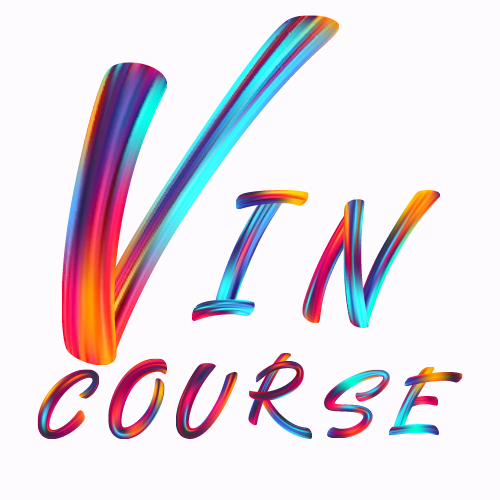

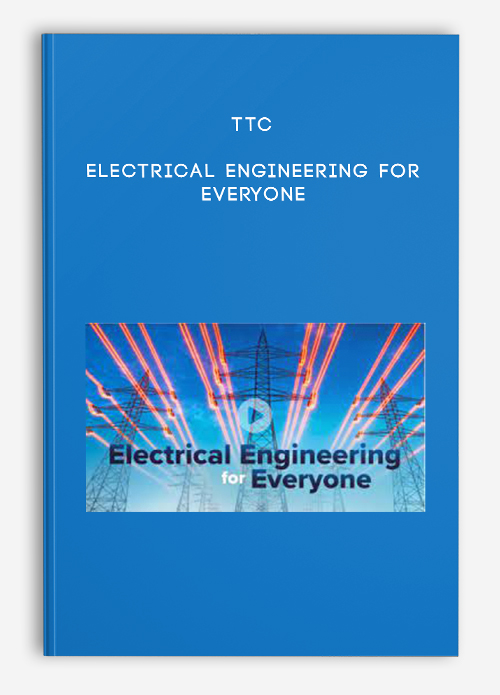

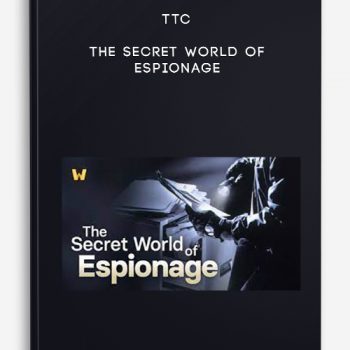



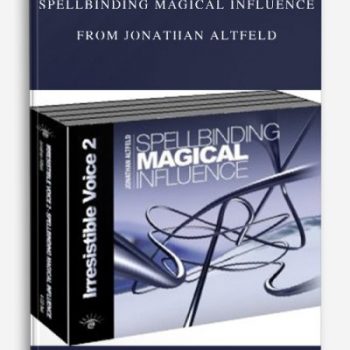

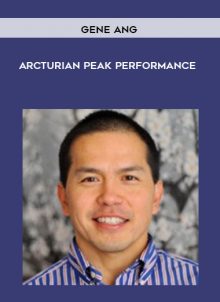

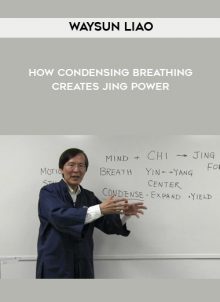

Lord –
This is Digital Download service, the course is available at flixcourse.com and Email download delivery.